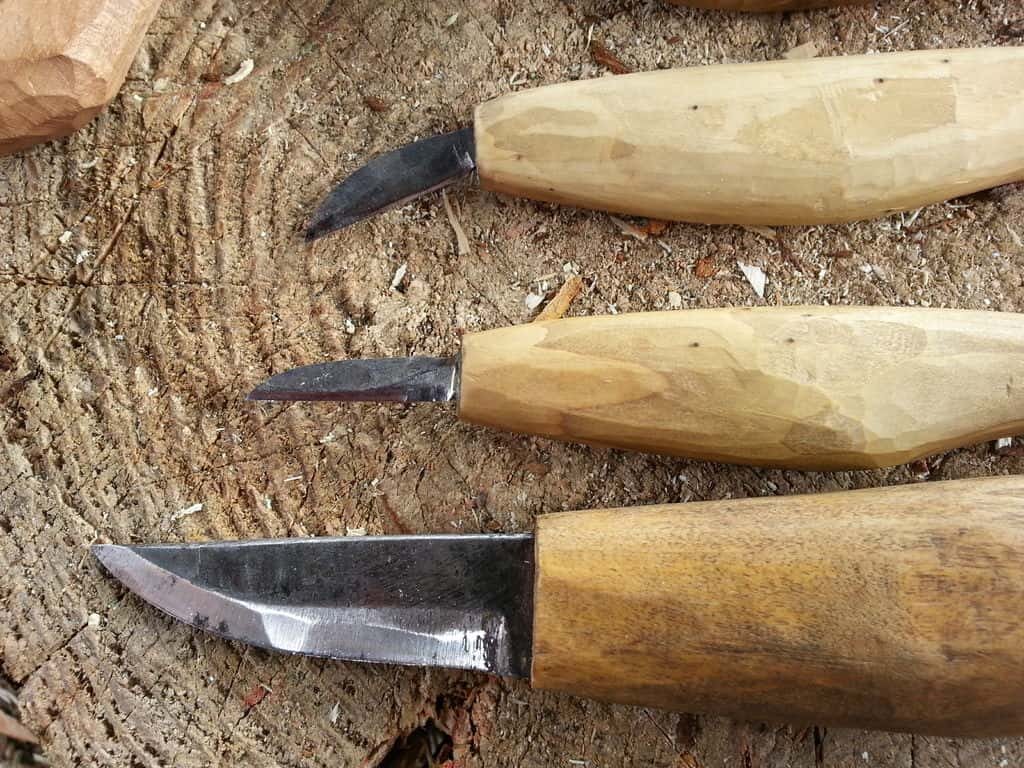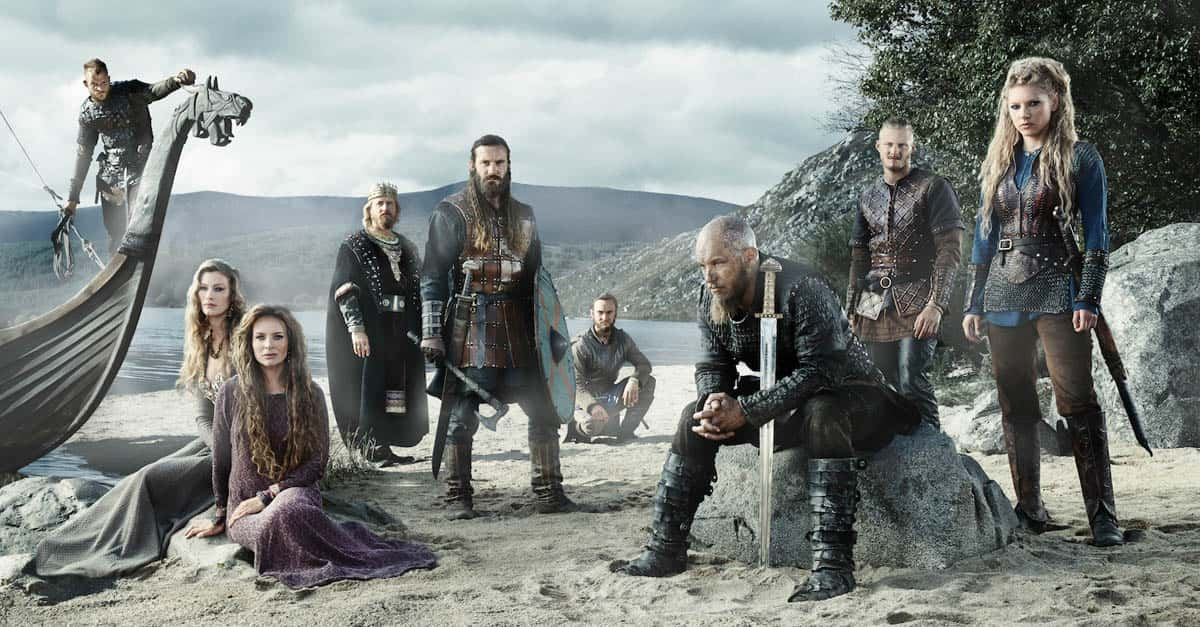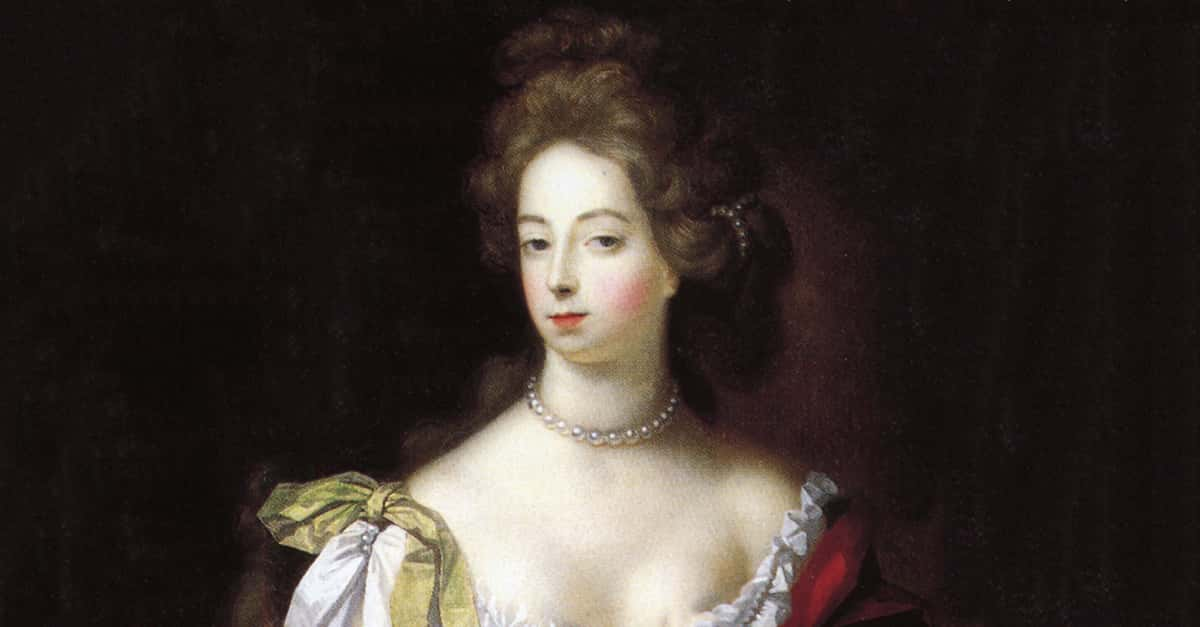While it’s common knowledge that the Vikings were famous raiders and pirates, one cannot deny that they were also some of the greatest explorers of their time. They sailed all over the world and made contacts that we’re still figuring out to this day. One of the most famous of these explorers was Erik the Red. While he wasn’t expected to become famous, his geographical discoveries, as well as that of his son, ensured that his legacy would never be forgotten. While the history of Erik the Red is difficult to glean for lack of information and evidence, we here at Factinate have unearthed the facts that we do know about this legendary figure.
Erik The Red Facts
25. Maybe He Liked Wearing Red Shirts?
It might seem obvious, but it’s worth pointing out that Erik gained his nickname because of his hair and beard color. While some monikers in history can be confusing, this one is exactly as mundane as it sounds.
24. Seeing Red
There is an alternate theory for why Erik was known as “the Red.” This theory suggests that Erik was known as “red” for his fiery temper, which ended up playing a large role in why he became famous (more on that later).
 YouTube
YouTube
23. It Says So in the Sagas!
Most of what we know about Erik comes from the Sagas of Icelanders. These narratives stem back as early as the 9th century, detailing the extraordinary lives of noted historical figures such as Erik. Of course, these sagas do like to embellish the story rather than stick to pure historical facts, so we have to take some of what they say (and these next facts) with a grain of salt.
 Morgan
Morgan
22. Time to Go
Originally from Norway, Erik and his family were exiled when his father committed the crime of manslaughter. Rather than head to Denmark, Sweden, or even Finland, the banished family went all the way to Iceland instead. Erik was 10 years old at the time.
21. Hourly Wages?
According to the sagas, Erik employed a thrall–which is what the Norsemen called their slaves–whose task it was to look after Erik’s children, something like an enslaved babysitter. His name was Tyrker, and Erik’s son, Leif, considered him his “foster father.”
20. The Viking Who Went Viking
Although Erik the Red is often referred to as a Viking, along with the rest of the people in his culture and community, the term is inaccurately used. The word “Viking” was always meant to describe the actions of the Vikings rather than the Vikings themselves (as in someone would go viking). People went on to adopt the term as a noun instead.
19. Sacred Territory
When Erik and his family came to Iceland, they settled in Hornstrandir, which is Iceland’s northernmost peninsula. Since 1975, the region has mostly been a highly-protected nature reserve.
18. Family Guy
According to the sagas, Erik had four children with his wife, Thjodhild. Three of the children were boys (Leif, Thorvald, and Thorstein) and one was a girl (Freydis).
17. A Bad Omen
Erik’s son, Leif, became the first of the Vikings to explore North America. Before Leif left, however, he invited his father to come along. The story goes that Erik agreed, but while father and son rode to the ship, Erik was thrown from his horse. Being a superstitious man who worshipped the old gods, Erik took this as a sign and decided that he should stay home instead.
16. High Casualty Rate
When Erik settled Greenland, he brought along hundreds of people in 25 ships. However, the weather was so bad that 11 of those ships were either sunk or gave up and turned back for home.
15. A Lord and His Land
Erik became very wealthy as the chieftain of Greenland, and he had his choice pick of the best farmland on the island. He ultimately took up his abode where the current settlement of Qassiarsuk stands today. In Erik’s time, his land was called Brattahlid, which means “steep slope.”
14. A Bloody Feud
Early on in his adulthood, after settling down with a wife and land on Iceland, Erik’s fortunes turned sour when his thralls accidentally caused a landslide onto the property of his neighbor, Valthjof. This infuriated Valthjof’s friend, Eyiolf the Foul (we can only assume he had bad breath). Eyiolf killed the thralls responsible for the property damage, which in turn enraged Erik. He attacked Eyiolf in revenge, slaying him. Eyiolf’s family, however, got Erik banished from Iceland, so he sailed to the island of Oxney instead. Like father like son, I guess?
13. Credit Where It's Due
Surprisingly, Erik’s great accomplishment is often misremembered. He was not, in fact, the first man to discover Greenland. According to the ancient sources, a settler named Gunnbjörn Ulfsson came upon Greenland by complete accident. Another man named Snæbjörn Galti also actually tried to settle Greenland, but his efforts were in vain. Erik was thus the first permanent settler of Greenland, rather than the man who discovered it.
12. Sinister Record to Have
Erik’s second son, Thorvald, followed in Leif’s footsteps and explored the North American continent. Naturally, conflicts arose with the aboriginals living there, whom the Scandinavians derisively called “skraelings.” While the sagas disagree on how things went down for Thorvald, they all agree that he was the first of the would-be settlers to be killed by the aboriginals. This makes him “the first European to die in North America.”
11. Not the Beams! Not the Beams!
You might be wondering how Erik went from living on Oxney to sailing out into the far waters to settle Greenland. Once again, we can blame his temper and his use of violence to solve problems. While he was building his new house, he entrusted a man named Thorgest with holding onto his setstokkr. For those of you looking puzzled, setstokkr were special wooden beams decorated with carvings that were very sacred to the Norse. Erik’s father had brought those all the way from Norway itself, so you can imagine Erik’s rage when Thorgest didn't have them (or claimed not to have them) when the house was finished. Erik ended up killing Thorgest to retrieve, or as revenge for, his lost property.
10. Well, That Escalated…
In fact, Erik went a little further than just killing Thorgest in revenge for stealing or losing his sacred wooden beams. The conflict boiled over to involve multiple people, and Erik also slew several of Thorgest’s sons and allies in the process!
9. Look on the Bright Side
Erik was sentenced to three years of exile from Oxney for his crimes. Of course, the silver lining was that he then would sail to Greenland and make his fortune by establishing a settlement on that large, desolate place.
8. The Forgotten Child
In contrast to the rest of Erik’s children, virtually nothing is known of his third son, Thorstein. One of the only things that the sagas say about him is that he was a grown man by the time Erik settled in Greenland. When Thorvald, his brother, was killed in North America, Thorstein sailed to retrieve his body. However, the weather was so bad that Thorstein was forced to turn back to Greenland. He was later killed when a pestilence wracked the settlement he was in.
7. Half a Millennium?!
Incredibly, Erik’s colony on Greenland lasted more than 500 years! While it was never very populous (the highest population it contained was around 5,000 people), the fact that they endured for so long speaks to Erik’s ability to find new land, even in a place as harsh as Greenland.
6. What a Woman!
Erik’s daughter, Freydis, is described as being a very strong-willed and heroic warrior. She followed her brothers to North America and became caught up in the battles between the Europeans and the so-called skraelings. During one attack upon a European settlement, the Norsemen fell into despair. Freydis shamed them for losing their courage and picked up a sword, bragging that she could fight better than them. She allegedly scared off the attackers with her ferocity. Did we neglect to mention that she was also eight months pregnant at the time?
 Pinterest
Pinterest
Honor the Roots
5. Unhappy Marriage
Erik was a proud follower of the old Norse gods, but his wife, Thjodhild, became a devout Christian. She was actually responsible for the first church ever built in Greenland. Erik reportedly took issue with this, which led Thjodhild to cut Erik off from intimate relations in response.
4. In the Name of the Son
To add insult to injury, it was actually Erik’s son, Leif, who brought Christianity to Greenland in the first place! Leif and his wife embraced the new religion, and Leif took time to spread the good word to his community, leading to his mother’s adoption of Christianity, which no doubt gave Erik much grief.
3. Trust Me!
Erik was responsible for naming Greenland. However, it was a rather dishonest choice of name. Erik wanted to spread the word about the massive island and draw people to settle in it, so he gave it a pleasant name. It must have been a shock for those settlers when they found out how much of Greenland is covered in snow and ice.
2. What’s to Blame?
To this day, nobody is quite sure what happened to bring about the end of Erik’s Viking settlement on Greenland. Some have speculated that the Scandinavians clashed with the Inuit, just like they’d clashed with the aboriginals on the mainland of North America. Others suggest that the colony simply died out due to the harsh conditions of Greenland. Other possible culprits include diseases, other Europeans raiding Greenland, and starvation due to overgrazing.
1. A Viking Burial
Sadly, Erik never lived long enough to see his son, Leif, return home from his voyage to North America. He died during the winter after Leif’s departure.
Flickr

































